When fall rolls around we usually celebrate all things apple and pumpkin, but what about pears?! Autumn Pear Study is one of the Outdoor Hour Challenges that does not specifically have a lesson in the Handbook of Nature Study by Anna Botsford Comstock. Therefore, we’re happy to share fun fruity facts!
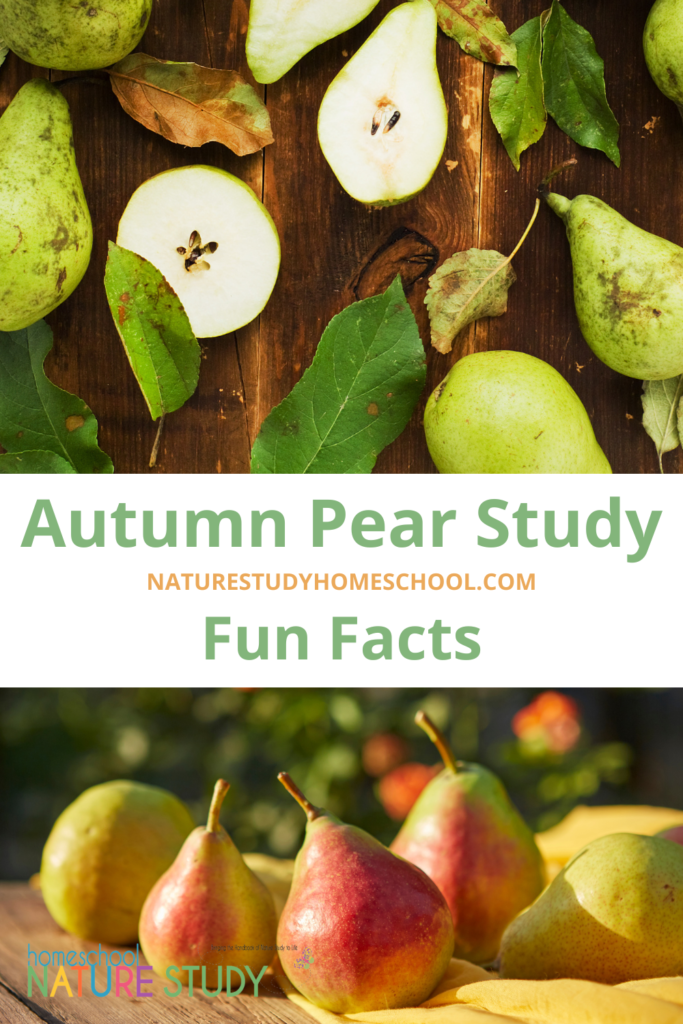
Pears: Fruit or Vegetable ?
Pears are a sweet buttery fruit. Generally shaped like a bell, or oval, pears have greenish colored skin some varieties are red. Pears are high in dietary fiber and can be eaten raw or baked. In the states, we are most familiar with the Bartlett Pear. This image from USA Pears with harvest times is helpful.
Fruit or Vegetable Sorting Worksheet
The characteristics of all fruits include: developing from a flower, most fruits contain seeds, and fruits are typically sweet while vegetables are savory. Homeschool Nature Study Members can download the Fruits and Vegetables Sorting Worksheet for younger learners.
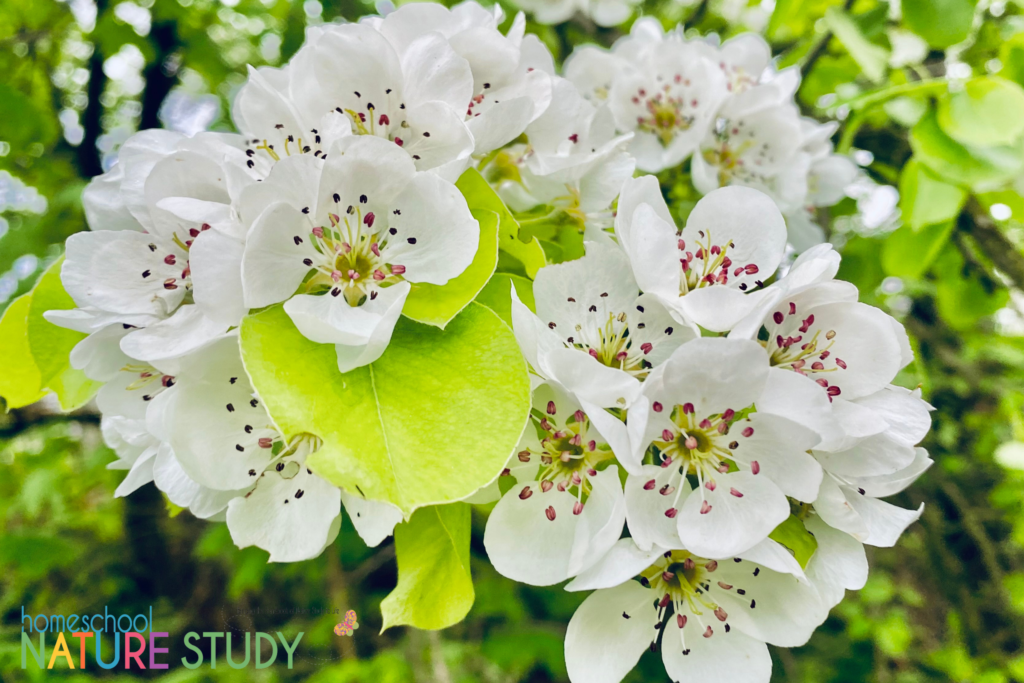
Autumn Pear Study Fun Facts
Did you know pears date back to Ancient Greece? Homer described them as “gifts from the gods“.
Romans planted pears throughout Europe developing 50 different varieties.
Pears in the United States are grown in Washington and Oregon.
Pears are part of the rose family. The Rose family is called Rosaceae.
Pear wood is a hard, reddish, fine-grained hardwood that’s often used for making musical instruments, like the lute and guitar.
In Chinese tradition, a common remedy for chronic coughs and asthma involves steaming an Asian pear with a tablespoon of sugar.
“And a partridge in a pear tree”, We all know the first line from The Twelve Days of Christmas. The partridge in a pear tree represents Jesus, the Son of God, whose birthday we celebrate on the first day of Christmas. Christ is symbolically presented as a mother partridge, a bird that will die to protect its young.
More Fall Studies
Looking for more Fall Studies to include in your Nature Study time? Click an image below.

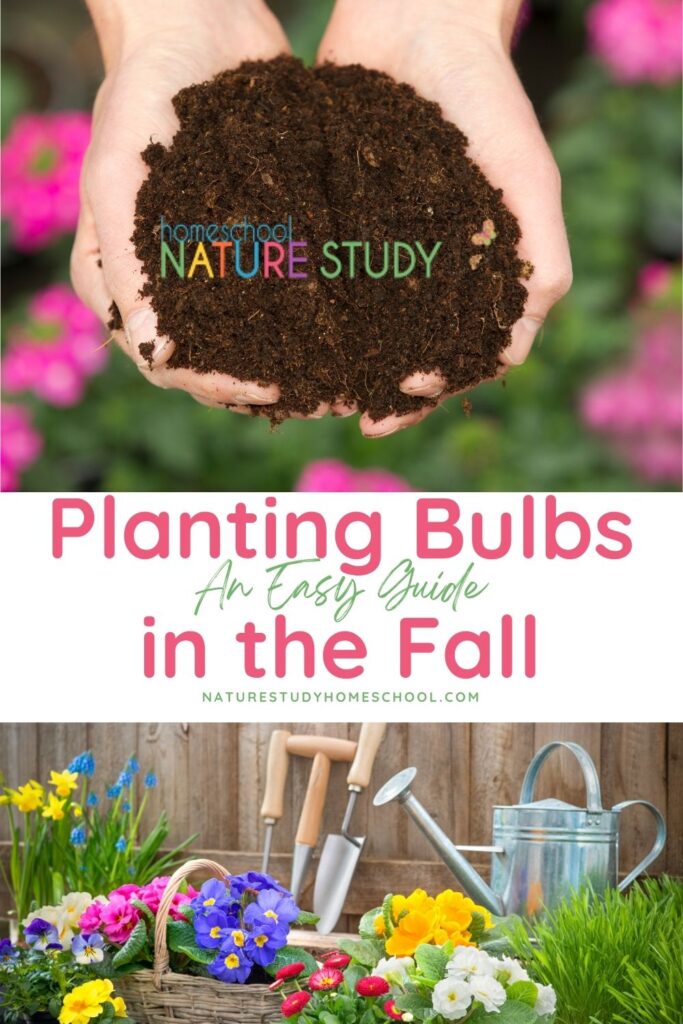
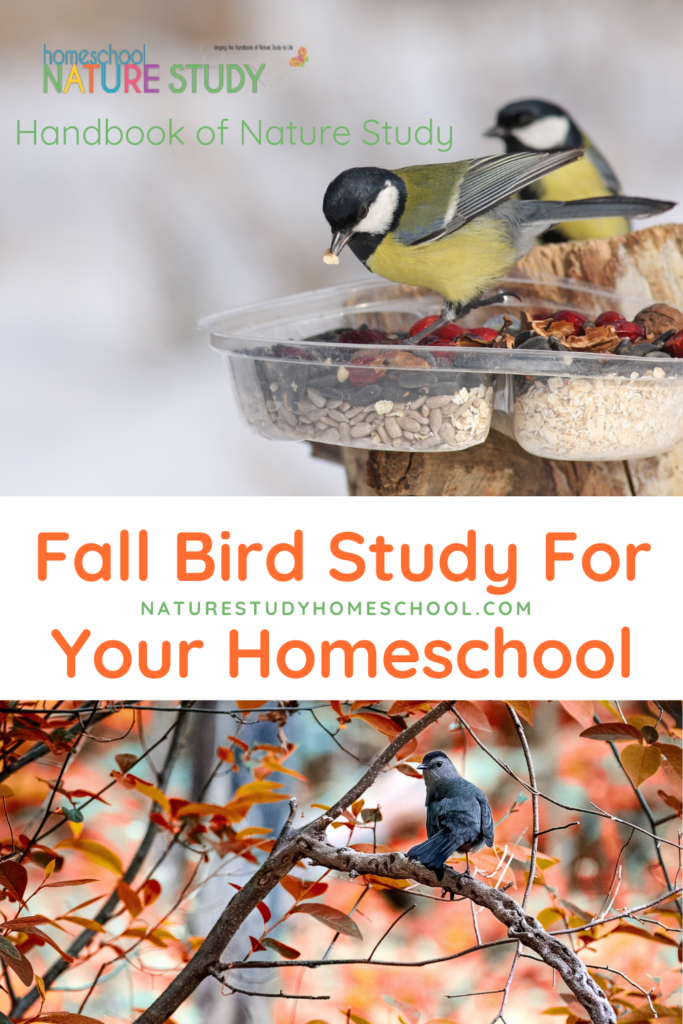
Homeschool Nature Study Membership
Undeniably, now is a great time to join Homeschool Nature Study! We offer a multitude of science activities, hands-on learning ideas, seasonal nature studies, crafts, free resources for all ages – join the #outdoorhourchallenge community and enhance your homeschool science lessons!

Stef started homeschooling her boys in 2008. She quickly adopted a hands-on learning homeschool style and graduated her oldest tactile learner in 2021. Then she started the Hands-On Learning column in Homeschooling Today magazine. The Laytons currently reside in the foothills of Colorado where Stef also teaches yoga. The family loves to hike trails, stand-up paddle board, and chase sunsets. Stef shares travel and homeschool tips on IG at @LaytonAdventures.


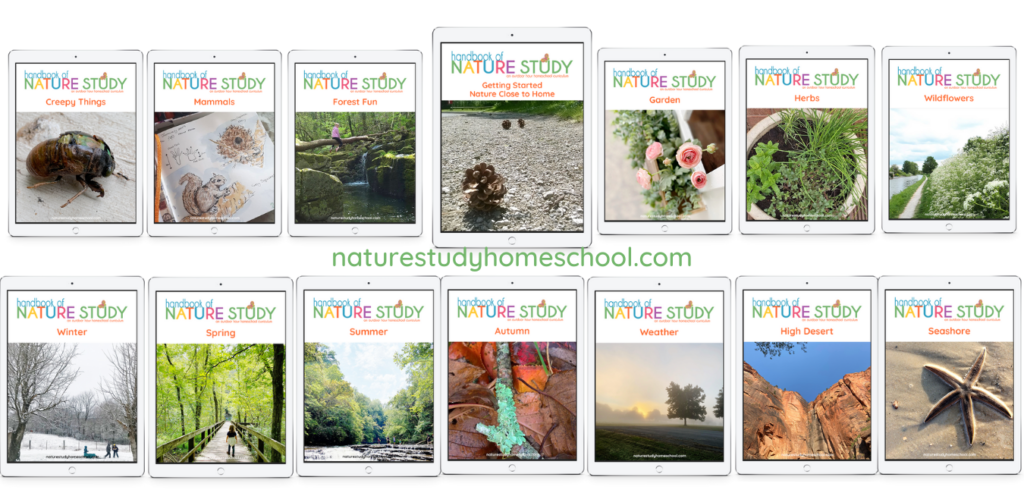
I’m looking forward to the pear study.
I love the idea of this Outdoor Challenge! What a great idea for kids to actually pay attention to what is outside and marvel! I can’t wait to do the Pear challenge!